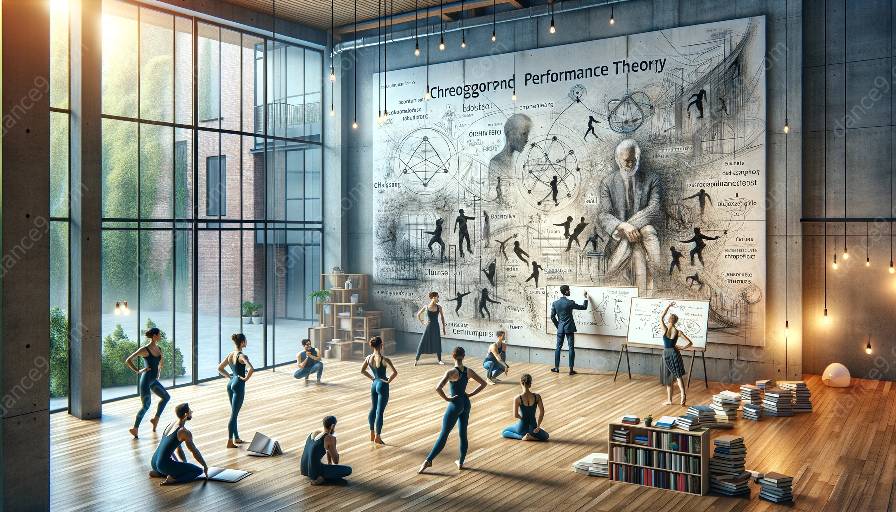Choreography is a complex and multifaceted art form that encompasses the creation of movement, space, and time within the realm of performance. Understanding the role of collaboration in choreographic works requires a deep exploration of choreography and performance theories, as well as an appreciation for the interconnected nature of the creative process.
The Interdisciplinary Nature of Choreography
Choreography is inherently interdisciplinary, drawing on elements of dance, music, theater, and visual arts. As such, the collaborative process is essential to the creation of choreographic works, as it brings together the diverse skills and perspectives of artists from different disciplines.
Collaboration and Creativity
Collaboration fuels creativity by providing a platform for idea generation, experimentation, and innovation. Within the context of choreography, collaboration enables choreographers to explore new movements, spatial configurations, and conceptual themes, leading to the development of rich and multidimensional works.
The Choreographer and Collaborative Partners
For choreographers, collaboration extends beyond the dancers to include composers, costume designers, lighting designers, and dramaturges, among others. Each collaborator contributes unique insights and expertise, shaping the choreographic process and enhancing the overall artistic vision.
Choreography and Performance Theories
Within the realm of choreography and performance theories, collaboration is regarded as a fundamental aspect of the creative process. Theories such as Laban Movement Analysis, postmodern dance, and feminist choreography emphasize the importance of collective input and exchange of ideas in the creation of choreographic works.
Embodied Knowledge and Collaboration
Performance theories often highlight the embodied knowledge and kinesthetic communication that emerge through collaborative processes. Dancers, choreographers, and other collaborators engage in embodied dialogue, exploring movement vocabularies and physical expressions that contribute to the choreographic vocabulary.
Shared Agency and Empowerment
Collaboration in choreography promotes shared agency and empowerment, allowing individuals to contribute meaningfully to the artistic process. This collective approach not only fosters a sense of ownership and investment in the work but also challenges traditional hierarchies within the creative domain.
Conclusion
Collaboration lies at the heart of choreography, serving as a catalyst for artistic exploration, interdisciplinary exchange, and the realization of choreographic visions. By embracing collaboration and integrating diverse perspectives, choreographers can create works that resonate with depth, creativity, and innovation.






































